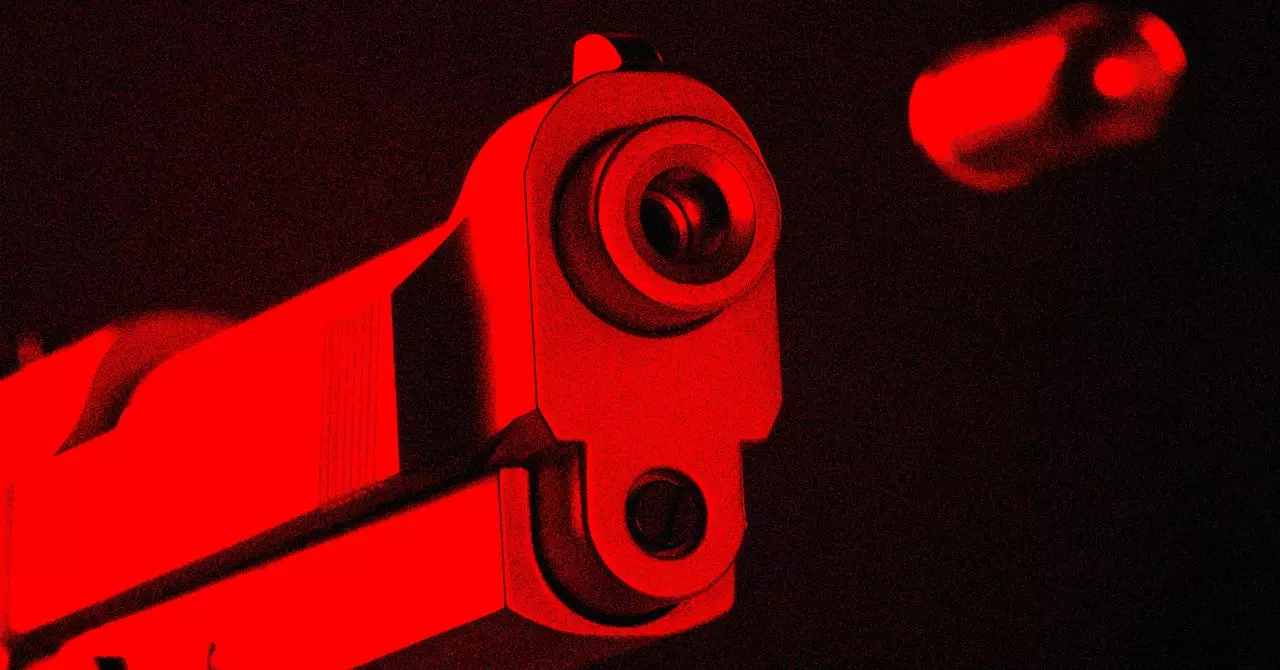A recent audit conducted in New York City revealed that only 13 percent of the alerts generated by the ShotSpotter system could be confirmed as gunfire. This is a concerning statistic, especially considering the system’s role in detecting and responding to gun violence incidents. The auditors pointed out that the New York Police Department has the data to assess the accuracy of ShotSpotter but fails to publish it, raising questions about accountability and transparency.
Following the audit findings, Champaign and Chicago decided to cancel their contracts with Flock Safety and SoundThinking, respectively. This decision highlights the growing skepticism surrounding the reliability of gunshot detection systems. Although companies like Flock Safety claim high accuracy rates, the lack of independent verification and transparency in data reporting casts doubt on their effectiveness.
Professor Eric Piza’s research on gunshot detection systems reveals an interesting pattern in law enforcement response. While police tend to arrive faster at shooting scenes identified through automated alerts, there is no significant reduction in gun-related crimes. This raises questions about the overall impact of these systems on crime prevention and public safety. Moreover, the tendency of gunshot sensors to result in a higher rate of unfounded reports raises concerns about the potential misuse of resources and the reliability of system outputs.
Implications for Public Safety
The audit recommendations from New York City’s comptroller and San Jose’s Digital Privacy Office highlight the need for a more critical evaluation of gunshot detection systems. The decision to continue using these systems should be based on concrete evidence of their effectiveness in combating gun violence. The reluctance of law enforcement agencies to conduct thorough performance evaluations and address accuracy issues undermines public trust in these technologies.
The accuracy of gunshot detection systems remains a subject of debate and scrutiny among researchers, auditors, and law enforcement agencies. While these systems may improve police response times to shooting incidents, their overall impact on reducing gun violence and enhancing public safety is questionable. Moving forward, a more transparent and accountable approach to evaluating and utilizing gunshot detection technology is essential to ensure its effectiveness and legitimacy in addressing the complex issue of gun violence.


Leave a Reply